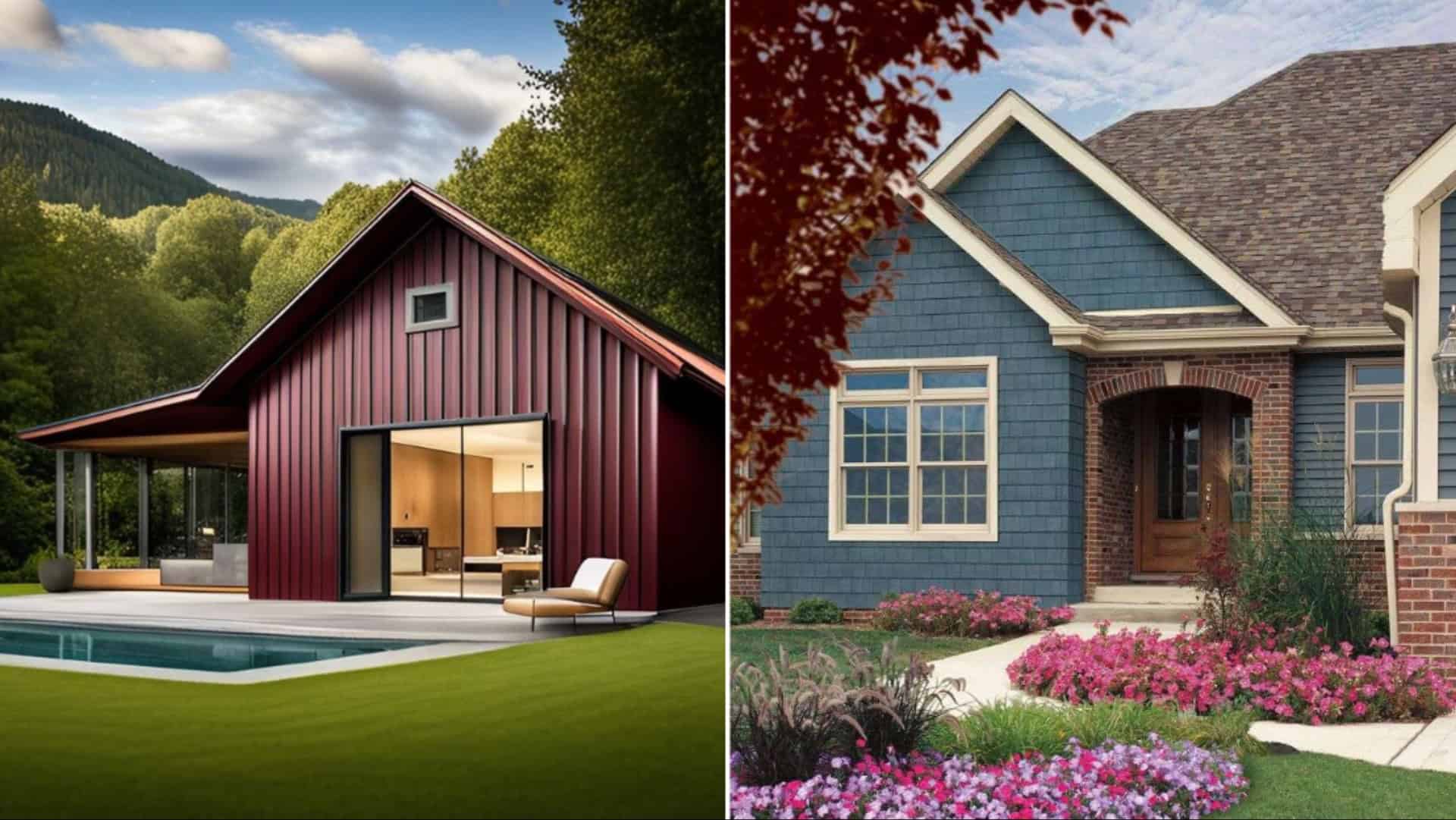Choosing the perfect siding for your home can be both exciting and overwhelming.
With so many styles and materials available, it’s essential to find the right fit for your aesthetic and functional needs.
In this guide, we will explore nine essential tips to help you pick the siding that will not only enhance the beauty of your home but also provide durability and efficiency.
Let’s dive into these expert tips and transform your home’s appearance with the perfect siding.
1. Factor in Cost and Budget

Budgeting is a significant aspect of siding selection. Prices can vary widely depending on the material and installation complexity.
While it may be tempting to choose the cheapest option, consider long-term value and potential repairs. Investing in quality siding can lead to savings over time.
Discuss your budget with contractors to explore cost-effective solutions. Balancing quality with affordability ensures you get the best return on your investment.
2. Choose the Right Color

Color choice can dramatically affect your home’s curb appeal. Light colors may make a small home appear bigger, while dark hues add a touch of elegance.
Consider the existing color scheme, landscaping, and neighborhood aesthetics. Test samples directly on your home to see how they look in different lights.
Trendy colors may seem appealing but consider timeless choices to maintain your home’s resale value. Make sure the color aligns with your personal style and enhances your home’s charm.
3. Consider Installation Complexity

Installation can vary in complexity, affecting time and cost. Simple materials like vinyl are often easier and quicker to install.
In contrast, brick and stone might require skilled labor and more time. Evaluate your budget and timetable before making a decision.
Consult with professional installers to understand potential challenges and costs. Ensuring a smooth installation process can prevent future issues and ensure the siding’s longevity.
4. Match Your Home’s Architecture

Your home’s architectural style significantly influences the siding choice. Traditional styles, like Victorian or Colonial, might pair well with wood or brick.
Meanwhile, modern architecture often leans towards sleek, minimalist options like metal or fiber cement. Look for siding that complements and enhances your home’s character.
Research various styles, or consult a design expert to make informed decisions. This ensures your home reflects its genuine architectural roots while embracing modern aesthetics.
5. Focus on Energy Efficiency

Energy-efficient siding can significantly reduce your utility bills and environmental impact. Look for insulated options that provide better energy retention in both summer and winter.
Materials like insulated vinyl and fiber cement are designed to enhance your home’s thermal performance. By reducing heat loss, they maintain comfortable indoor temperatures.
Consider your long-term energy savings against the initial investment. This eco-friendly choice not only benefits your wallet but also contributes positively to the environment.
6. Understand Material Durability

Durability is crucial when investing in siding. Each material offers different levels of resistance to weather, impact, and wear.
Vinyl and fiber cement are popular for their longevity and resistance to elements. Wood, while charming, may require more upkeep against moisture and pests.
Weigh the pros and cons of each material, considering your local climate and lifestyle needs. Opt for a durable option that ensures lasting protection and maintains aesthetic appeal.
7. Explore Eco-Friendly Options
Sustainability is a growing concern in home design. Eco-friendly siding options, such as recycled materials and sustainably sourced wood, offer a greener choice.
These options not only reduce environmental impact but often come with energy-efficient properties. Look for certifications and labels indicating eco-friendly practices.
Incorporating sustainable materials aligns with modern values and can enhance your home’s marketability.
This choice supports environmental conservation while maintaining style and functionality.
8. Evaluate Maintenance Needs

Maintenance is an essential factor in siding selection. Wooden siding, while beautiful, requires regular painting and sealing to prevent rot and insect damage.
In contrast, vinyl siding offers a low-maintenance alternative, needing occasional cleaning with soap and water. Consider your willingness and availability to perform upkeep.
Choosing a low-maintenance option may save time and money in the long run. Make sure to assess the lifespan and durability to align with your lifestyle.
9. Consider Your Climate

When selecting siding, your local climate plays a critical role. For instance, homes in humid areas benefit from moisture-resistant options like vinyl or fiber cement.
In contrast, wood siding might suit drier climates.
Consider temperature fluctuations, as some materials expand and contract. Insulated siding can add an extra layer of protection against extreme temperatures.
Research and consult with local experts to understand which materials thrive in your environment.
This ensures longevity and reduces maintenance needs, making your home both beautiful and resilient.


